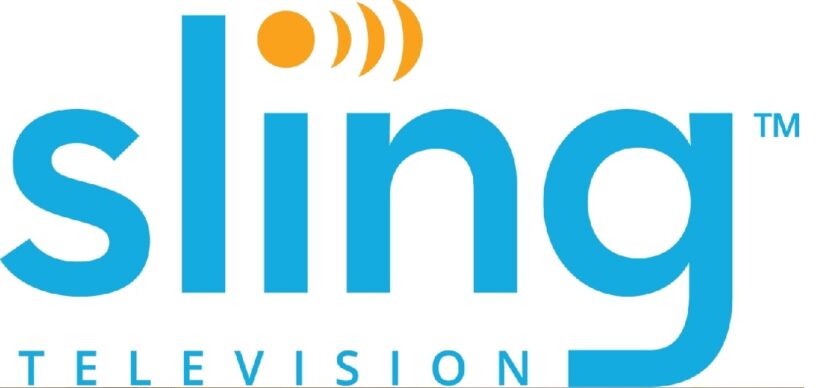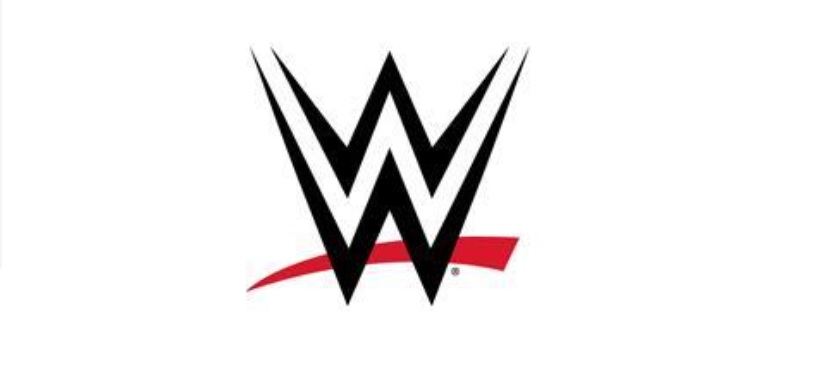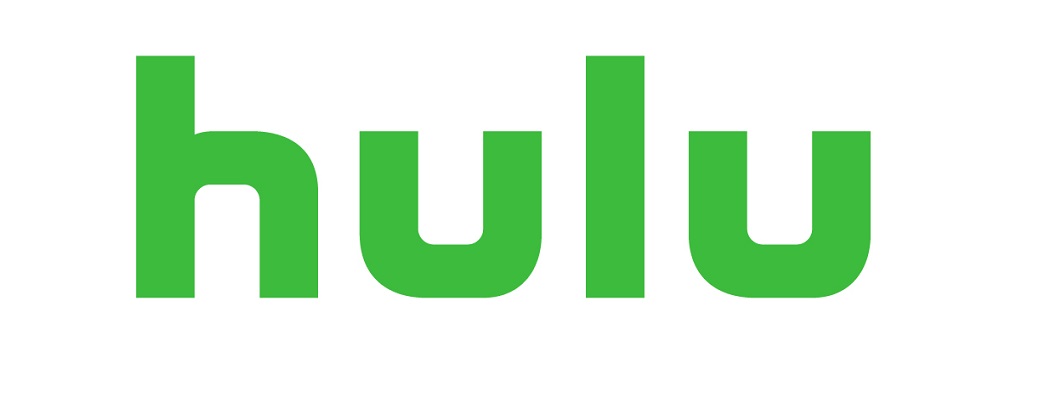We don’t have numbers and nobody will until results for the latter part of this quarter ends. But Sling TV’s strategy during the pandemic has been pretty brilliant. This is not a statement as to the value of the offering. But the idea of giving away news and entertainment content with no strings attached during a time when people feel disconnected and starved for content is something that could earn a lot of good will once everything is behind us. We remember the people who call when we are down or drop off food when someone is sick. And that is sort of what Sling TV has been up to with its latest campaign. We don’t regularly cover marketing campaigns but to ignore the thinking behind this would be a mistake.
While we don’t know the personal motivations of the executives at Dish, the implication that the content is available because they want people to “Stay in and Sling” has the potential to really stick with people. The company was ahead of the curve as far as adjusting its marketing as the virus became a national story. When retailers were still advertising sales Sling TV was saying stay home. There has not been any similar national campaign from YouTube, Hulu, AT&T or any other TV provider during this period. And the thing is, if someone who has not already signed up for a service is taking advantage of the free content, once this is over Sling TV will be the one that they remember.
We had suggested that Peacock employ the same type of strategy when it rolls out. Considering that it will have very few exclusive new series at launch and that production will be held up due to COVID-19 people are going to have a lot less motivation to sign up for it. But if it launched for free and people found out that they enjoyed a lot of the content that is was already available they may be motivated to pay for the rest once things are ready to ramp up. But as it stands, asking a country with the worst unemployment since The Great Depression to pony up $6.00 bucks a month for another service bringing essentially archived TV shows might prove to be a big ask. No, Peacock will not be expensive and in normal times lots of people spend far more every month on coffee. But sentiment matters a lot when people are sad and scared.
Sling is winning the sentiment war.
Second in the media world goes to Roku. The company has been working in as much access to free content and information as it can into its industry-leading platform. It quickly launched a row on The Roku Channel called Home Together where users could find content curated for the time. It also provided links to the free online concerts like the One World Together event. Amazon has followed suit but Roku got the headlines first.
HBO on the other hand has had a pretty sloppy roll out of its 500 free hours of content. The company trumpeted content availability without explaining how customers would actually access it. For instance some people could get it for free via the HBO Go app. Others, like Roku users could not. Instead they had to search through The Roku Channel for the same free content. HBO content is also integrated into Hulu. But that is only if you are a Hulu subscriber. We don’t know who is responsible for the issue with Roku an HBO but it was mishandled regardless. And it was confusing. Instead of cheering people up it confused them instead. But HBO is leagues ahead of other premium subscription services on this front.
All of the companies hope to emerge strong from the crisis as do the rest of us. But the way some are going about it right now will be very important in the end.






